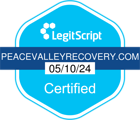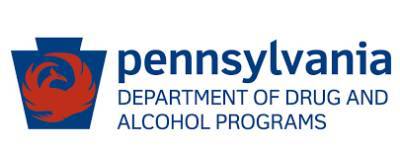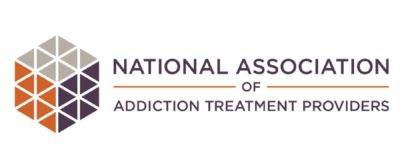What is Suboxone?
![]() | Google Reviews
| Google Reviews
Peace Valley Recovery is located in Bucks County, Pennsylvania. Our mission is to provide patient-centered care that focuses on healing and recovery from addiction. This blog provides information, news, and uplifting content to help people in their recovery journey.
Suboxone (or Suboxone strip) is a prescription medication made with buprenorphine and naloxone, used to treat people in early recovery from opiate addiction.
Buprenorphine is a partial opioid agonist, which interacts with the same opioid receptors that other opiates do. This causes effects similar to other drugs, such as prescription painkillers or heroin, but those effects are much weaker. Binding to opioid receptors, buprenorphine aims to relieve cravings for stronger drugs.
Naloxone functions as an opioid antagonist, exerting its effects by binding to opioid receptors and thereby inhibiting the manifestations of an opioid overdose. It operates by blocking the effects of any opiates present in an individual’s system. Typically administered in the form of a nasal spray or an automatic injection device, naloxone is employed in emergency scenarios when a person is experiencing an opiate overdose.
Suboxone possesses a distinctive mechanism of action in that it binds to the same receptors targeted by heroin or painkillers, yet it does not induce the potent euphoria associated with these substances. The combination of buprenorphine and naloxone within Suboxone serves a dual purpose. Buprenorphine offers mild effects to alleviate cravings, while naloxone serves to curtail the potential for achieving a heightened state of euphoria from the medication. This unique combination is particularly valuable in the management of opioid dependence.
If you’re familiar with addiction treatment, you likely know what Suboxone is. You might even know someone who has been on Suboxone before. Maybe you’ve been on it yourself.
Suboxone is a medication used to help people in recovery from opiate addiction. It can be a helpful part of a comprehensive treatment program when used as prescribed by a doctor. There are many positive effects of Suboxone that aid people during their first few weeks and months of recovery.
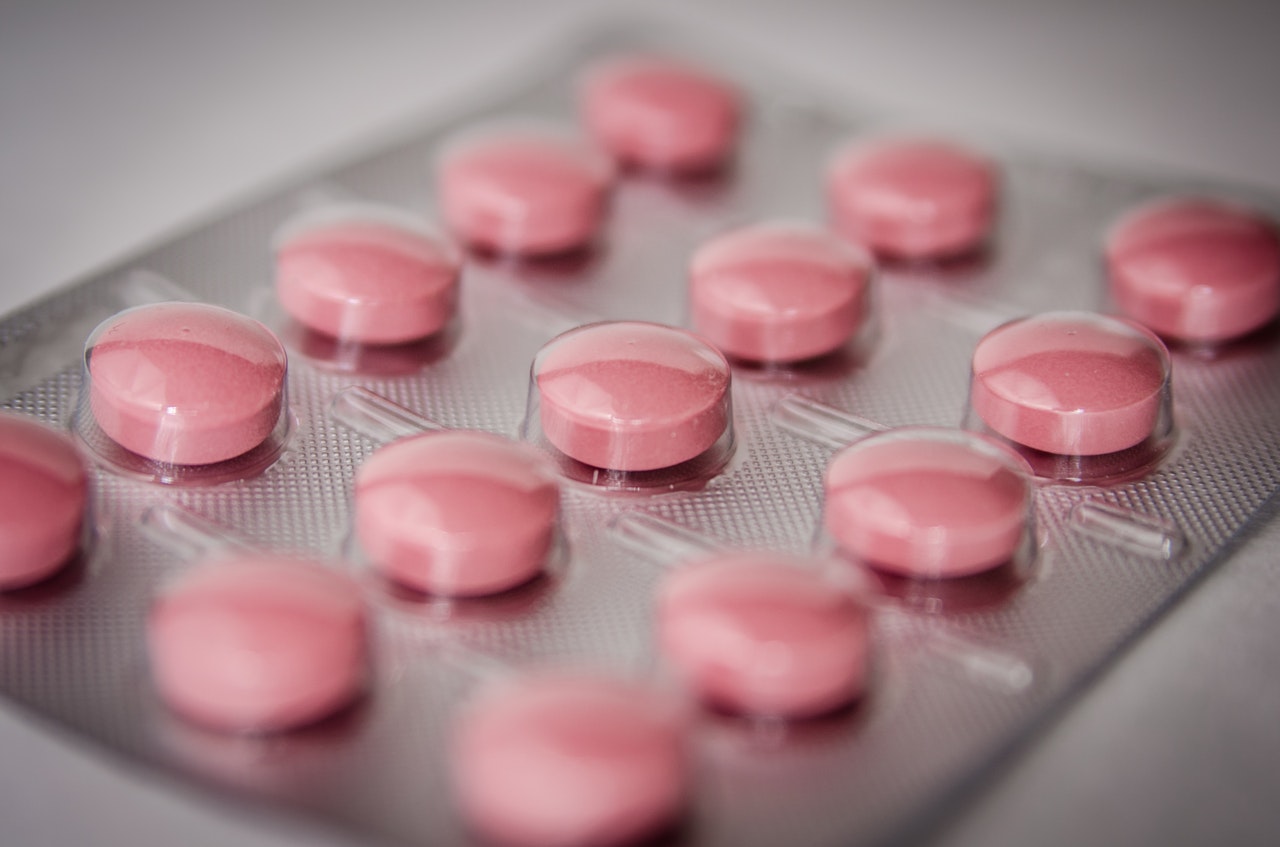
Research findings indicate that Suboxone, as a medication, can contribute to a significant reduction in the risk of fatal opiate overdoses, demonstrating an approximate 38 percent decrease in such incidents. This positive outcome underscores the potential life-saving benefits of Suboxone in managing opioid dependence and preventing dire consequences associated with overdose.
However, it is crucial to acknowledge that, like any medication, Suboxone is not without risks, particularly when individuals deviate from the prescribed usage guidelines. Improper use, such as taking Suboxone in ways other than prescribed, can lead to adverse effects and pose additional health risks. Understanding the potential consequences of misuse is paramount for both healthcare providers and patients.
In light of the importance of Suboxone in opioid dependence treatment, it is essential to provide comprehensive information to individuals who may not be familiar with the medication. This includes an understanding of its mechanisms of action, potential side effects, and the importance of adherence to prescribed dosages. Awareness campaigns and educational initiatives can contribute to promoting responsible usage and reducing the likelihood of misuse.
If you or someone you know is in need of assistance with opioid dependence and considering Suboxone treatment, it is recommended to seek professional guidance. Initiating treatment under the supervision of a qualified healthcare provider ensures a tailored approach, addressing individual needs and minimizing the associated risks.
Sources:
- Mattick, R. P., Breen, C., Kimber, J., & Davoli, M. (2014). Buprenorphine maintenance versus placebo or methadone maintenance for opioid dependence. Cochrane Database of Systematic Reviews, (2), CD002207.
- Larochelle, M. R., Bernson, D., Land, T., Stopka, T. J., Wang, N., Xuan, Z., … & Walley, A. Y. (2018). Medication for opioid use disorder after nonfatal opioid overdose and association with mortality: a cohort study. Annals of Internal Medicine, 169(3), 137-145.
How Do You Take Suboxone?
Suboxone is an oral medication. It comes in three forms designed to be easy to take:
- Sublingual tablets
- Sublingual film strips
- Buccal film strips
The sublingual tablets and film strips are placed underneath your tongue and the buccal film strips are placed between your gums and teeth. All three forms of the medication dissolve quickly in your mouth. The film strips are similar to Listerine breath mint strips. Suboxone contains a combination of both buprenorphine and naloxone. It is available in four strengths:
- 2 mg buprenorphine and 0.5 mg naloxone
- 4 mg buprenorphine and 1 mg naloxone
- 8 mg buprenorphine and 2 mg naloxone
- 12 mg buprenorphine and 3 mg naloxone
In implementing a successful medication-assisted treatment (MAT) program, the overarching objective is to methodically and safely taper the prescribed medication dosage over the course of treatment. The initiation of the treatment plan involves determining the starting dose, a decision contingent upon the extent of opioid dependence observed upon the individual’s commencement of the program. This initial dose is tailored to address the severity of the opioid use disorder and serves as a foundational element in the therapeutic process.
As the MAT program progresses, a systematic reduction in the prescribed dosage ensues. The gradual tapering is a deliberate and carefully managed process, ensuring that the individual’s physiological and psychological needs are met while minimizing potential withdrawal symptoms or adverse effects. The pace of dose reduction is personalized, taking into account the unique characteristics of each patient and their response to treatment.
The ultimate goal of this tapering process is to guide individuals toward a point where they can successfully transition to a medication-free state. This signifies achieving a state of sustained recovery and independence from pharmacological interventions. The decision to discontinue all medications is a collaborative one, made in consultation with the healthcare provider and based on an assessment of the individual’s progress, stability, and readiness for medication discontinuation.
It is important to note that the tapering process is not only about the reduction of medication but also involves comprehensive support, including counseling, behavioral therapies, and other psychosocial interventions. This holistic approach aims to address the multifaceted aspects of opioid dependence, facilitating a successful and sustained recovery journey.
As a medical professional overseeing such MAT programs, the emphasis lies not only on the pharmacological aspect but on the individualized and comprehensive care provided throughout the treatment continuum, with the ultimate objective of promoting long-term recovery and well-being.
Sources:
Substance Abuse and Mental Health Services Administration (SAMHSA). (2018). Medication-Assisted Treatment (MAT) – A Treatment for Opioid Use Disorder. Retrieved from https://www.samhsa.gov/medication-assisted-treatment
National Institute on Drug Abuse (NIDA). (2021). Medications to Treat Opioid Use Disorder. Retrieved from https://www.drugabuse.gov/publications/research-reports/medications-to-treat-opioid-addiction/overview

Effects of Suboxone
When you take Suboxone just like your doctor tells you to, it can really help you when you’re trying to stop using opioids. Suboxone has two important parts – buprenorphine and naloxone – that work together to give you some good effects.
Buprenorphine helps you by connecting with the same parts in your brain that other opioids do, but it does it in a way that helps reduce your cravings and the tough feelings when you stop using. It’s like a friend that makes things a bit easier as you’re getting better.
Naloxone is like a protector. If someone tries to use Suboxone in a way that’s not safe, like injecting it, naloxone steps in to block the effects and make them feel uncomfortable. This helps make sure the medicine is used the right way.
Suboxone is not just a medicine; it’s part of a bigger plan to help you get better. Talking to someone about how you feel and learning new ways to cope is also important. Together with Suboxone, these things can help you take control of your life again and feel better without relying on opioids.
Sources:
Substance Abuse and Mental Health Services Administration (SAMHSA). (2018). Medication-Assisted Treatment (MAT) – A Treatment for Opioid Use Disorder. Retrieved from https://www.samhsa.gov/medication-assisted-treatment
National Institute on Drug Abuse (NIDA). (2021). Medications to Treat Opioid Use Disorder. Retrieved from https://www.drugabuse.gov/publications/research-reports/medications-to-treat-opioid-addiction/overview
For example, opiates are notorious for the intense physical and psychological reactions they cause when a person first quits. These reactions, or withdrawal symptoms, are the result of the brain and body’s dependence on opiates to function. Once a person is dependent on opiates, suddenly quitting drugs shocks their system.
One of the greatest benefits of Suboxone is its impact on opiate withdrawal symptoms. Since buprenorphine is an opioid partial antagonist, it interacts with opioid receptors the same way opiates do. This interaction relieves the more intense symptoms that result from withdrawal, such as body aches, muscle spasms, and seizures.

Avoiding the withdrawal symptoms that come with the detox process keeps many people trapped in the cycle of addiction. Suboxone provides a more comfortable detox period compared to trying to quit “cold turkey,” which can reduce the risk of relapse.
Suboxone Side Effects
Suboxone can be really helpful, but like any medicine, it can also have some effects on your body. Not everyone feels these effects, and some people might not feel anything unusual at all. Here are some things that some people might feel when they take Suboxone:
- Feeling Sick: Some people might feel a bit sick to their stomach or even throw up. This doesn’t happen to everyone, though.
- Headache: You might get a headache, which is like a pain in your head. It’s another thing that can happen but doesn’t always.
- Sleepy or Dizzy: Suboxone might make you feel tired or a bit dizzy, like when you spin around too much. It’s something to be aware of.
- Problems Sleeping: Some people find it a bit hard to sleep when they take Suboxone. It’s like when you can’t fall asleep at night.
- Pain in Your Belly: You might feel some pain or discomfort in your belly. This is another thing that can happen to some people.
It’s important to remember that not everyone will feel these things, and they are usually not too serious. If you ever feel something that bothers you or makes you uncomfortable, it’s really important to tell an adult, like your parent or the person who helps with your medicine.
Sources:
- Substance Abuse and Mental Health Services Administration (SAMHSA). (2018). Medication-Assisted Treatment (MAT) – A Treatment for Opioid Use Disorder. Retrieved from https://www.samhsa.gov/medication-assisted-treatment
- National Institute on Drug Abuse (NIDA). (2021). Medications to Treat Opioid Use Disorder. Retrieved from https://www.drugabuse.gov/publications/research-reports/medications-to-treat-opioid-addiction/overview
Common Side Effects
Common side effects of Suboxone use can cause some discomfort but do not usually require medical attention. They should disappear within a few days or weeks of starting use. These include:
- Opioid withdrawal symptoms
- Anxiety
- Depression
- Troubles sleeping
- Headache
- Sweating
- Nausea
- Sweating
- Weakness
- Fatigue
- Back pain
- Burning tongue
- Redness in the mouth
Serious Side Effects
The serious side effects of Suboxone use are not as common but may happen in some cases. If you notice any of the following effects you should consult your doctor or seek immediate medical attention if you’re having an emergency. These include:
- Abuse or dependence
- Breathing problems
- Hormone problems
- Serious allergic reactions
- Liver damage
- Severe withdrawal symptoms
- Coma
Research and Studies on Suboxone
Scientists and doctors have done a lot of research, and they found that Suboxone has many good effects for those who need it.
Here are some important things they discovered:
Less Opioid Use: Suboxone helps people use fewer opioids, which is a good thing. It’s like using a tool to help you stop relying on certain kinds of medicines.
Fewer Bad Feelings: People who take Suboxone feel better because it helps with the tough feelings that come with stopping opioid use. It’s like having a friend that makes things a bit easier.
Less Chance of Getting Sick: Suboxone can also lower the risk of getting sick with infectious diseases. This is important because using drugs can sometimes make people more likely to get sick.
Less Trouble with the Law: Suboxone can also help reduce problems with the law that might come with using drugs. It’s like a helper that makes sure you stay out of trouble.
These are all good things that Suboxone does for people who are trying to get better. It’s like a tool in a toolbox that helps fix a problem. Remember, though, it’s always important to use Suboxone just like your doctor tells you to.
Sources:
Substance Abuse and Mental Health Services Administration (SAMHSA). (2018). Medication-Assisted Treatment (MAT) – A Treatment for Opioid Use Disorder. Retrieved from https://www.samhsa.gov/medication-assisted-treatment
National Institute on Drug Abuse (NIDA). (2021). Medications to Treat Opioid Use Disorder. Retrieved from https://www.drugabuse.gov/publications/research-reports/medications-to-treat-opioid-addiction/overview

Evidence shows that buprenorphine-based medications like Suboxone lower the risk of mortality and other adverse outcomes. They also increase the chance that patients remain in treatment for the duration of their program.
One study revealed that 75% of patients remained in treatment for a full year with negative drug tests. Another study showed that individuals using buprenorphine for the 18 months following their treatment program were more likely to still be sober, employed, and actively involved in a 12-step group.
Risks of Suboxone Use
Like most medications, Suboxone does not come without some risks. It still causes some effects that are similar to other opiates. Low to moderate doses do cause mild euphoria and some respiratory depression. Effects of Suboxone are far weaker than the effects caused by opiates like prescription painkillers or heroin.
Mixing Suboxone with other drugs such as benzodiazepines or alcohol poses a significant risk. Possible side effects of mixing the medication with depressant drugs include respiratory distress, coma, and even death.
The naloxone in the medication limits the possibility of a true opiate-like high when taking it. It also aims to keep people from developing a Suboxone addiction. Limiting the ability to get high or become addicted doesn’t keep users from developing a tolerance, though. People using Suboxone develop a physical and psychological dependence on the medication over time.
Suddenly stopping Suboxone can lead to withdrawal symptoms similar to those caused by opiates, including:
- Muscle aches
- Nausea
- Vomiting
- Constipation
- Irritability
- Insomnia

To limit or avoid these symptoms, Suboxone treatment should include a supervised taper. The most effective method for coming off the medication is to reduce the dosage over time under the guidance of a physician to avoid possible complications.
Can You Overdose On Suboxone?
Despite its use as a treatment for opioid dependence, Suboxone is still an opioid medication. This means it comes with risks similar to other opioids, including dependence and abuse. Abusing Suboxone can lead to behaviors similar to those you initially sought treatment for, including cravings for drugs and seeking out other substances.
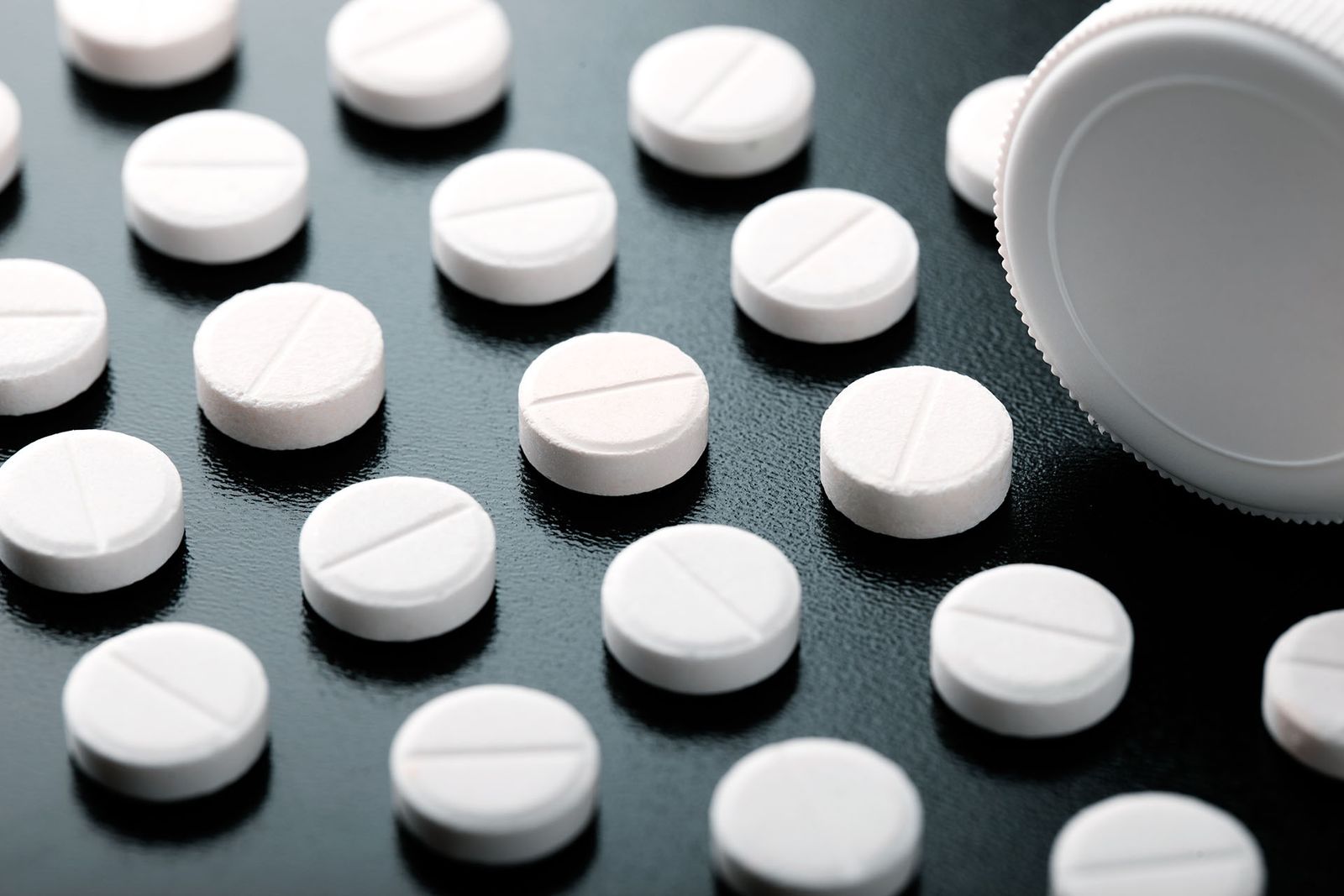
You can also overdose on Suboxone if you are abusing it. Overdose is also possible if it is used with other substances, such as other opioids, benzodiazepines, or alcohol. The naloxone in the medication reduces the effects slightly but serious overusing it can cause an overdose. Suboxone overdose is as serious as any other opioid overdose and requires immediate medical attention.
Alternatives to Suboxone
Suboxone is one of the most common medications used in medication-assisted treatment today. There are also a few alternatives to Suboxone available. The three main types of medications used to treat opioid dependence include methadone, buprenorphine, and naloxone. The main opioid dependence medications include some combination of these active ingredients.
Subutex
Subutex is a dissolvable sublingual tablet made from buprenorphine. It’s similar to Suboxone but does not contain naloxone which increases its potential for abuse.
Zubsolv
Zubsolv is a dissolvable sublingual tablet that contains both buprenorphine and naloxone. It is similar to Suboxone but has a higher bioavailability which makes it a more potent medication.
Cassipa
Cassipa is a sublingual film strip that contains both buprenorphine and naloxone. It is similar to sublingual Suboxone film strips but is a much stronger medication.
Bunavail
Bunavail is a dissolvable buccal film strip that contains both buprenorphine and naloxone. It is similar to the Suboxone buccal film strips.
Probuphine
Probuphine is an implant placed in the arm that contains buprenorphine. It is a newer medication used as a form of maintenance treatment for opioid dependence.
Sublocade
Sublocade is an injectable medication that contains buprenorphine. It is administered once a month by a medical provider as an alternative to tablet- or film-strip-form medications.
Methadone
Methadone is a medication that comes in the form of liquid, powder, or diskettes. It is similar to buprenorphine but is a full opioid agonist, making it a much more powerful medication.
Vivitrol
Vivitrol is an injectable medication that contains naltrexone. It contains no opioids as active ingredients and instead blocks the effects of all opioid drugs.
How Are Suboxone
and Methadone Different?
Suboxone isn’t the only kind of medication used to treat opiate addiction. The Food and Drug Administration approved the use of Suboxone for opiate treatment in 2002. Methadone is another opiate treatment medication that’s been in use for decades, long before Suboxone was introduced.
Similar to Suboxone, clinicians use methadone to reduce opioid cravings and help people during early recovery. However, there is a major difference between Suboxone and methadone. The buprenorphine used in Suboxone is a partial opioid agonist while methadone is a long-lasting, full opioid agonist.
There is a huge difference in the strength of the two medications. Partial opioid agonists do not produce the same effects as full opioid agonists do. Buprenorphine, the active ingredient in Suboxone, is only a partial opioid agonist. Methadone, on the other hand, is a full opioid agonist. It’s a much stronger medication than Suboxone and has a far greater potential for abuse.
Suboxone is also unique because it aims to limit the strength of its opioid effects. Methadone, on the other hand, is made from opioid. Suboxone’s combination of both buprenorphine and naloxone reduces the opioid-like effects. Buprenorphine is a partial opioid agonist and naloxone is an opioid antagonist. The antagonist properties of naloxone weaken the opioid-like effects of buprenorphine. This function makes Suboxone slightly less habit-forming than methadone.
Because of the high risk of abuse, methadone is only available under the supervision of a physician through certified opioid treatment programs. Suboxone, on the other hand, is available at a variety of facilities and also as a take-home prescription. The medication’s widespread availability makes treatment accessible to more people.
Effective Suboxone Treatment
Research shows that medication-assisted treatment using Suboxone is effective for reducing opioid dependence. The use of the medication also increases the likelihood that a patient remains in treatment instead of leaving early. Thankfully, its efficacy increases the longer a person stays in their treatment program.
At the same time, despite making the detox and early recovery period more manageable, Suboxone is not a cure for opiate addiction. It doesn’t address the underlying causes of substance use disorder. Instead, it provides enough relief to allow people the ability to focus their energy on treatment rather than only on staying clean.
Successful Suboxone treatment uses the medication as part of a comprehensive addiction treatment plan. It doesn’t make medication the central focus but uses it as a tool to direct attention toward additional facets of addiction treatment. Utilizing Suboxone maintenance along with individual therapy, support groups, and more provides the best results.

It’s also best to take a proactive approach to Suboxone treatment. Using it without establishing a set of goals for treatment isn’t the most effective method. Outlining a clear addiction treatment program that incorporates Suboxone is a better plan.
Finding Medication-Assisted Treatment
There are plenty of knowledgeable addiction treatment facilities that incorporate a medication-assisted approach to treatment. Since Suboxone is available on a prescription basis, both inpatient and outpatient treatment programs can offer it. Do you think you’d benefit from a facility that uses Suboxone as part of their opiate addiction treatment program?
If you’re interested in learning more about your options for treatment, reach out to the admissions team at Peace Valley Recovery. Our knowledgeable staff can answer any questions you may have about addiction treatment. Are you ready to take the first step? Call us today!
Sources:
- National Institutes of Health: https://www.nih.gov/news-events/news-releases/methadone-buprenorphine-reduce-risk-death-after-opioid-overdose
- Harvard Health Publishing: https://www.health.harvard.edu/blog/5-myths-about-using-suboxone-to-treat-opiate-addiction-2018032014496
- American Society of Addiction Medicine: https://www.asam.org/not-found?aspxerrorpath=/docs/default-source/advocacy/aaam_implications-for-opioid-addiction-treatment_final
- US National Library of Medicine: https://www.ncbi.nlm.nih.gov/pmc/articles/PMC5855417/
- Substance Abuse and Mental Health Services Administration: https://www.samhsa.gov/medication-assisted-treatment/medications-counseling-related-conditions/buprenorphine
- FDA: https://www.fda.gov/drugs/information-drug-class/information-about-medication-assisted-treatment-mat
- National Institute on Drug Abuse: https://www.drugabuse.gov/publications/research-reports/medications-to-treat-opioid-addiction/efficacy-medications-opioid-use-disorder
- Daily Med: https://dailymed.nlm.nih.gov/dailymed/drugInfo.cfm?setid=a96619d8-5c87-4adc-9446-b6d3cb3d04aa

